Aurora’s (Elle Fanning) happy news is met with literal war in Disney’s Maleficent: Mistress of Evil, a sequel to the 2014 villain origin story. Although the plot in this year’s sequel leaves a lot to be desired, killer performances from Fanning, Angelina Jolie, and Michelle Pfeiffer help avoid a complete train wreck.
Warning: This review contains spoilers for Maleficent: Mistress of Evil!
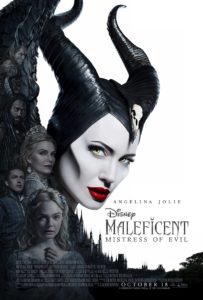
When Aurora and Phillip get engaged and King John (Robert Lindsay) and Queen Ingrith (Pfeiffer) invite her and her godmother to the castle for dinner, all Hell breaks loose. Ingrith recalls the horrifying story of how Maleficent cursed Aurora as a baby, then asserts herself as Aurora’s new mother. Maleficent reacts, and Aurora takes the humans’ side. When Maleficent flees the castle, she’s rescued by Conall (Chiwetel Ejiofor), leading Maleficent to discover the last of the dark fey, who exist in underground caves after being violently colonized by humans.
What follows is a somewhat convoluted story that shows Maleficent taking on Queen Ingrith for the sake of the fey, while Aurora uncovers Queen Ingrith’s machinations.
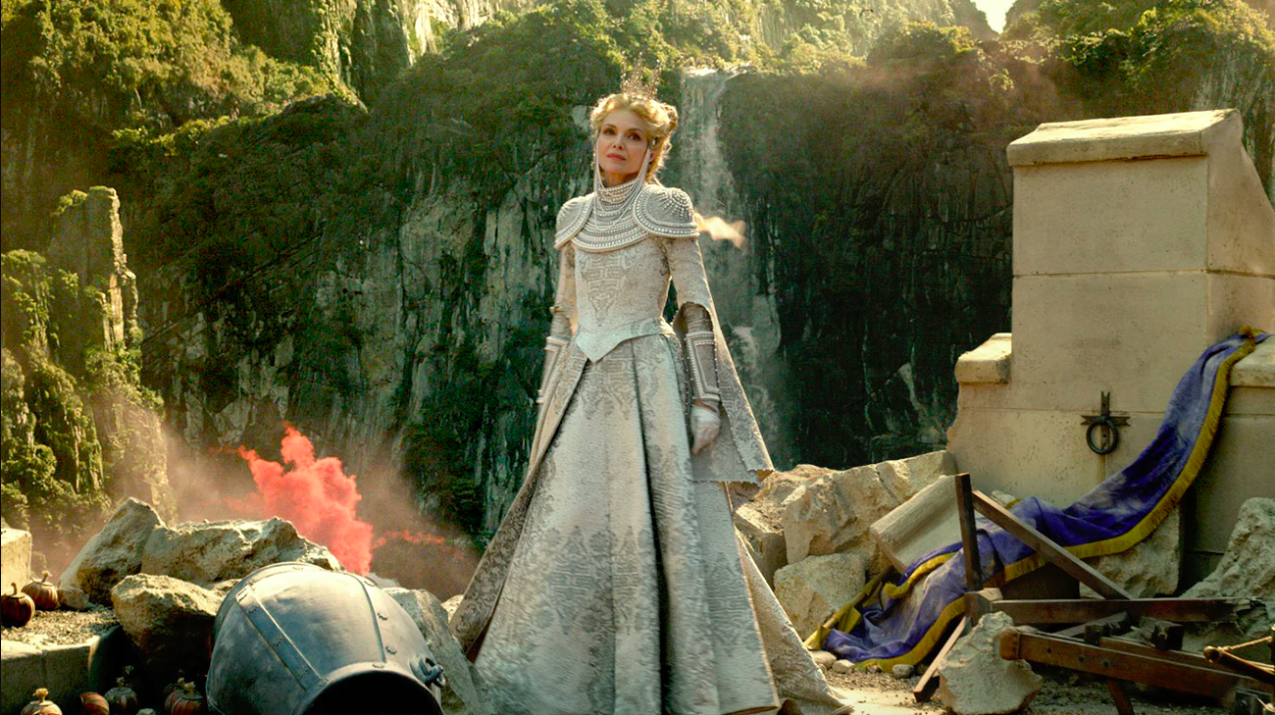
As mentioned above, it’s the performances from the main three women that save Maleficent: Mistress of Evil. Pfeiffer is particularly good at roles where she presents publicly as kind and benevolent but is actually an evil monster, and she gets to tap into that here. There are echoes of her performances in movies like Stardust and even Batman Returns, and she commands focus every time she is on screen.
Meanwhile, Jolie reminds audiences why this franchise hinges on her; from her awkward-yet-endearing and very funny attempts to rehearse smiling, to her rage-filled attacks on the queen, to her soft moments with Aurora, Canall, and even Diaval (Sam Riley), this movie is all about Maleficent. Jolie never once drops the ball, even in moments where the plot feels forced or the writing is lacking.
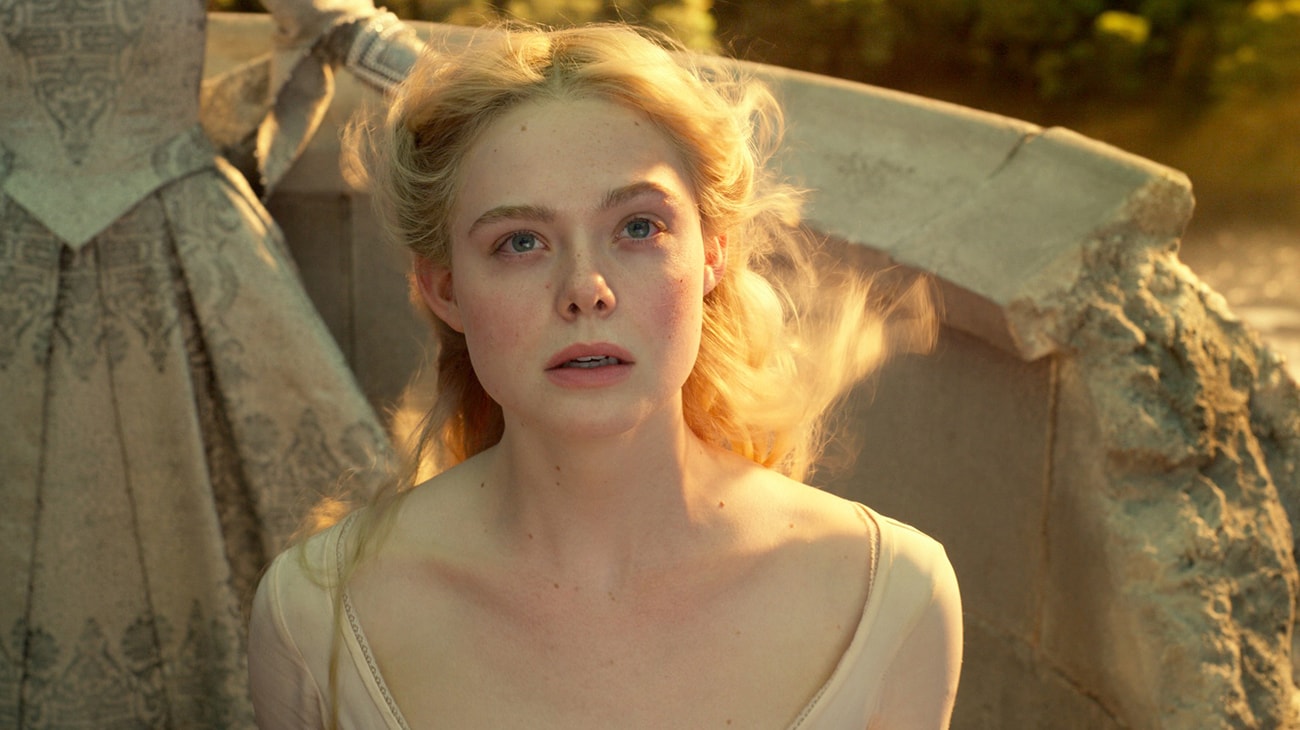
Opposite these powerhouse veterans is Elle Fanning, whose Aurora possesses incredible determination to marry the man she loves and also carve a place for her godmother and the other fey in the human kingdom, no matter what stands in her way. Fanning is confident in her performance and handles Aurora’s conflicted feelings beautifully, allowing the character to grow into a real leader over the course of what is essentially a familial and diplomatic crisis before she’s even sat upon her new throne.
Unfortunately, the plot itself leaves much to be desired. Maleficent: Mistress of Evil attempts to break down the dangers of violent colonialism through the introduction of the dark fey. However, rather than this minority group truly rising up to reclaim space that is rightfully theirs and overthrow the dictators who pushed them underground, they fall into Maleficent’s hands like putty when the revolution fails. Although Maleficent is also a dark fairy, she is very much the white savior of this film.
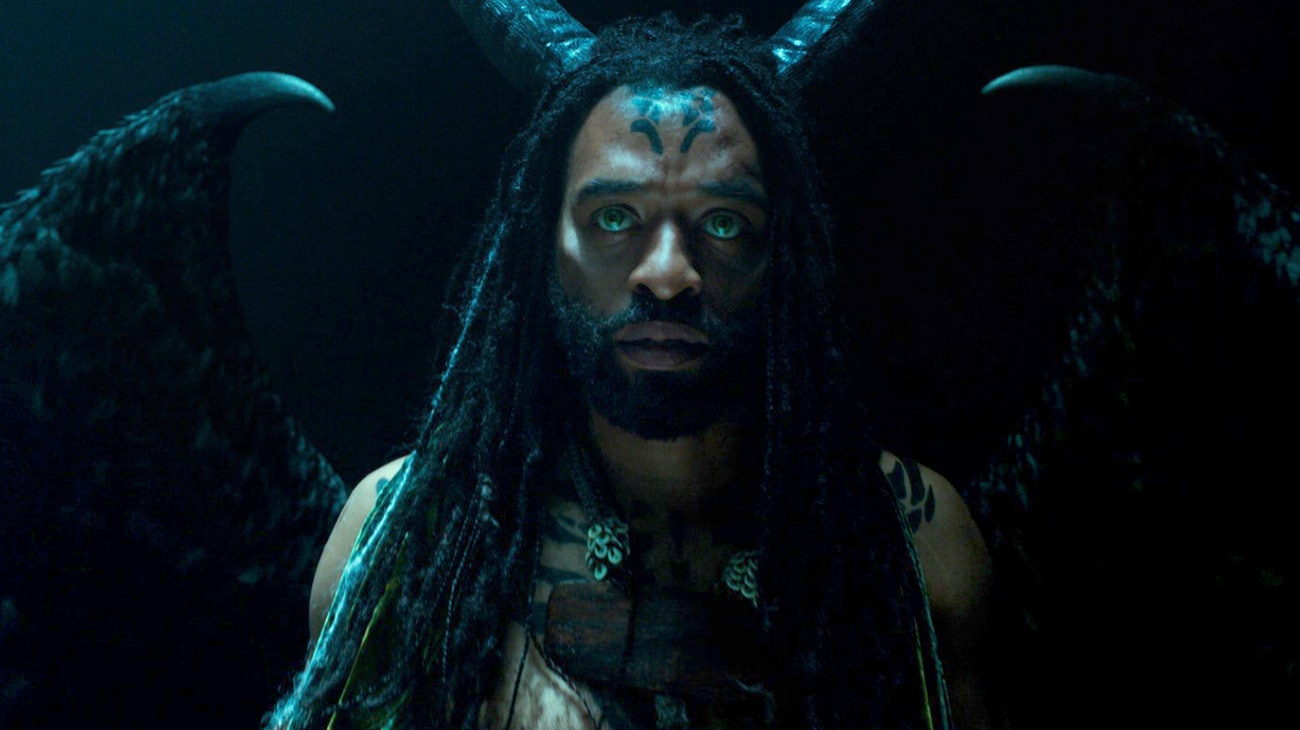
When Conall — one of just two Black men in the film with more than a few lines — is killed protecting her (yikes), Maleficent decides that Borra (Ed Skrein) is right, and the humans must be eradicated. By the end of the movie (and the battle), Maleficent has changed her tune. Borra specifically tells her that Conall would be happy to see her making peace with the humans, which feels especially cheap. Depicting a Black man’s death as motivation for White women to do better is a racist trope that needs to end, immediately; this is yet another example of how fantasy fails to adequately handle xenophobia and racism in-world.
On top of that, Maleficent: Mistress of Evil relies too heavily on visual effects to make up for where the story falls flat. There’s a distinct feeling that the filmmakers wanted this sequel to feel as stakes-heavy and intense as something like Return of the King, which is honestly just too ambitious. Had they focused more on writing a cohesive story, the film would flow better and have more heart.
Maleficent: Mistress of Evil is in theaters now.


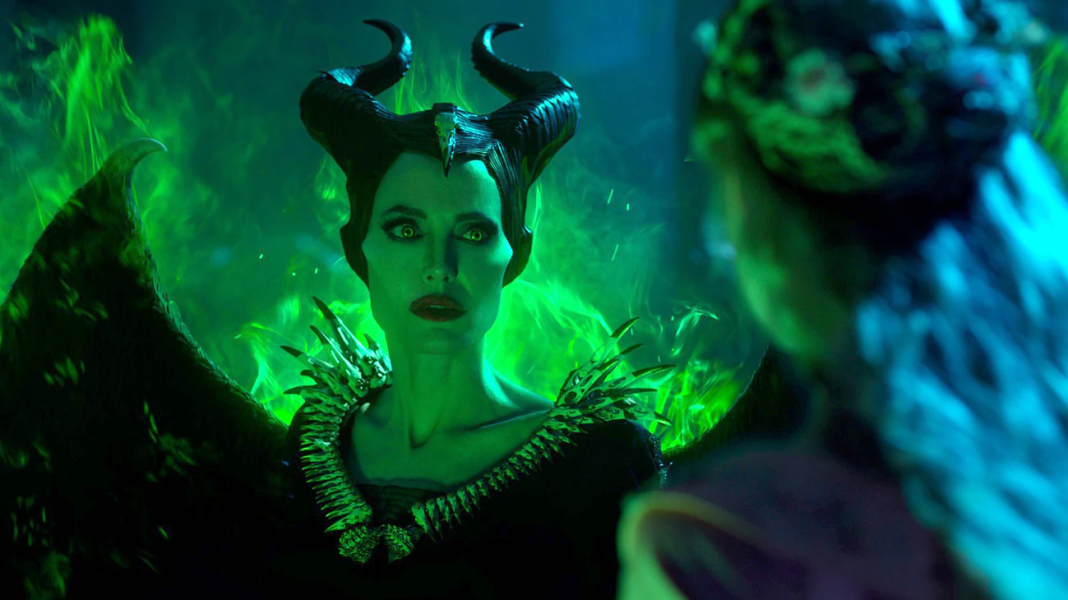
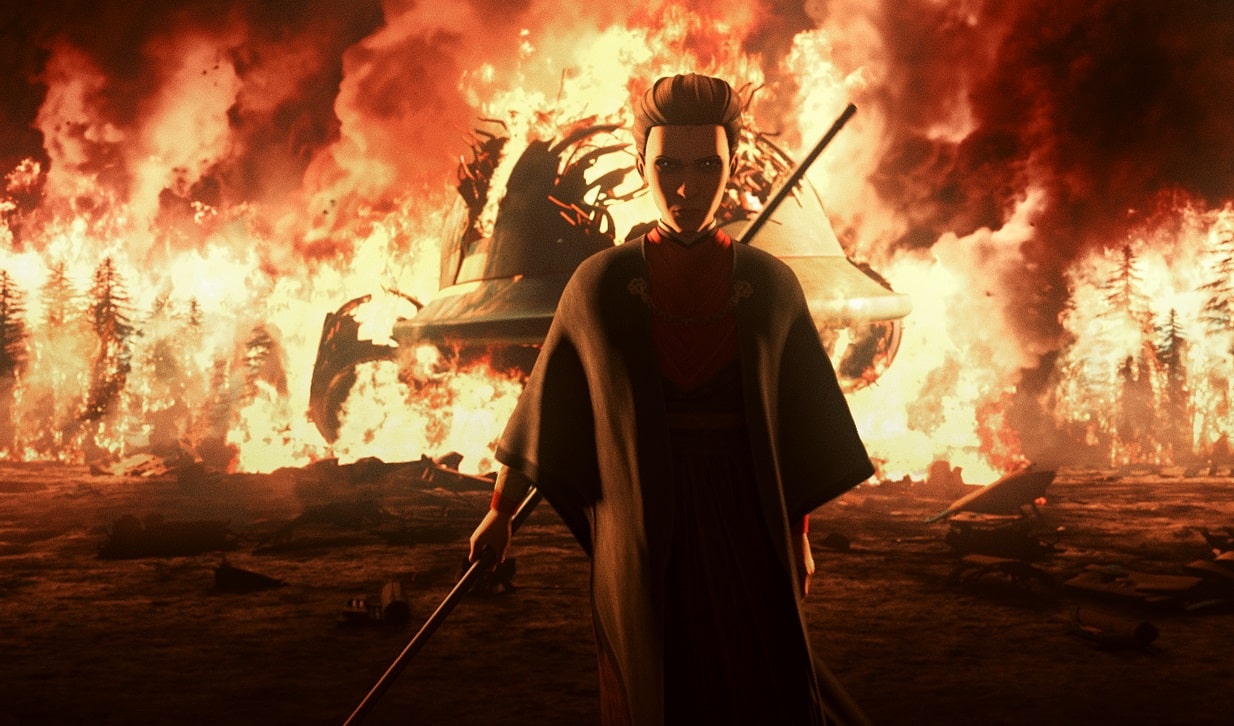

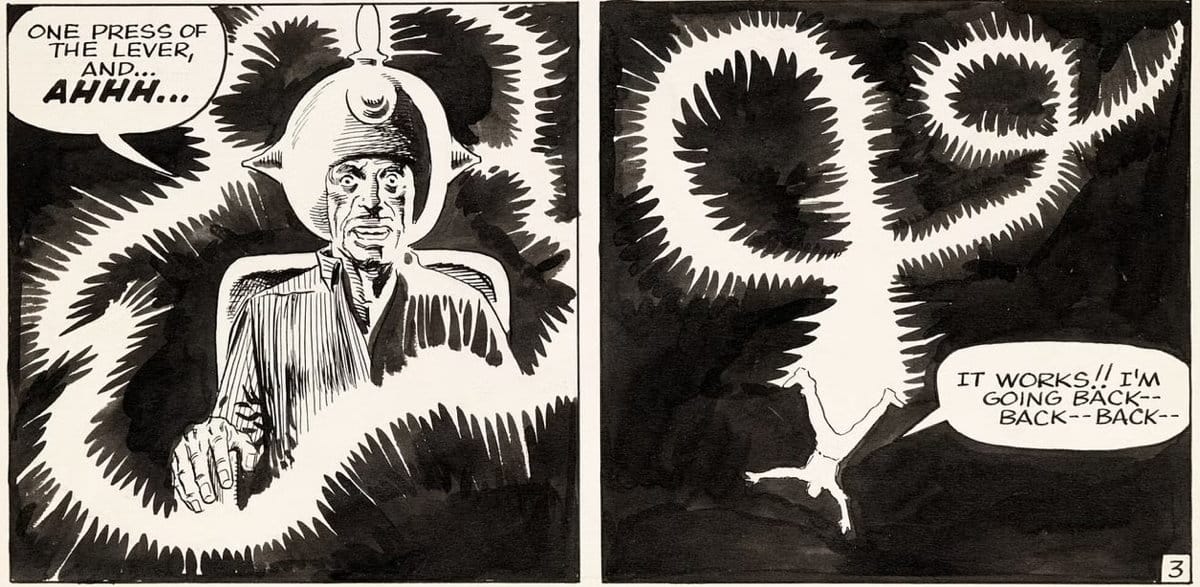



That’s not the movie I saw. People keep looking for racial meaning where none exist. It is a fantasy where most of the fey are not even human. Race doesn’t matter or enter into it.
They should just rerelease 1959’s “Sleeping Beauty” to theaters. I’d pay to see that, but not this sequel.
Comments are closed.